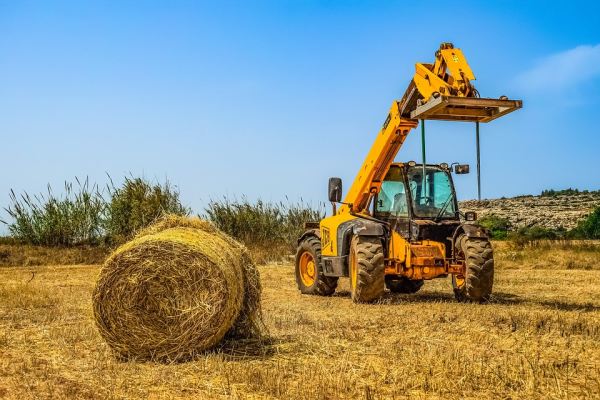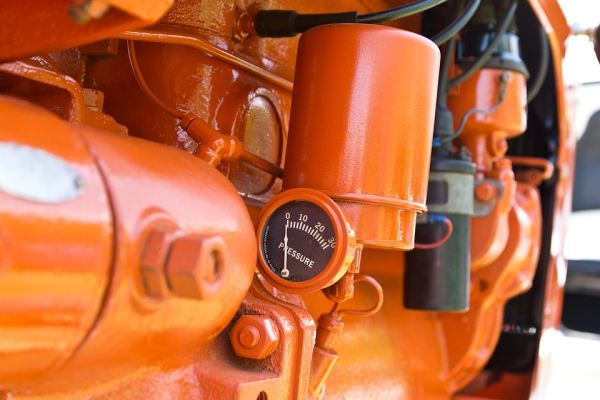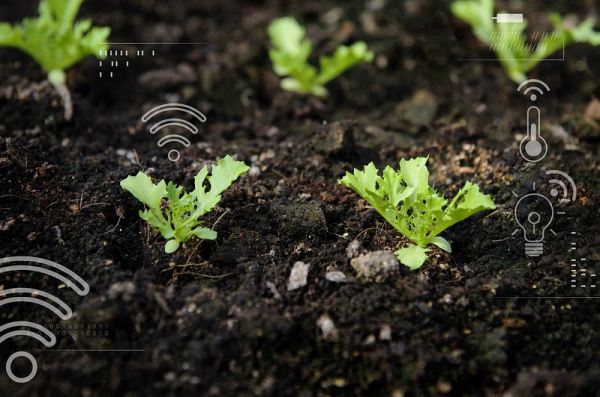Agricultural machinery: transfer from diesel to electricity
Today, automobile companies are making significant advancements in electric propulsion technology development. Volvo stops selling gasoline and diesel vehicles, and pressure is building on other manufacturers as governments across the world set deadlines for cutting out the usage of petrol cars. The UK and French governments have set a 2040 goal for the phase-out of fossil fuel engines, while Scotland is aiming for an eight-year deadline. This transformation is also unfolding in agriculture, and electric drive is already available for farm machinery.
Agriculture is an essential sector, yet it has a long history of being damaging to the environment. It is responsible for ten to twelve percent of global greenhouse gas emissions, not including land and water consumption. In the battle against climate change, developing tools and practices that allow sustainable farming is critical.
The trend of converting petroleum agricultural equipment to an electric one is a new development for farming machinery. This trend is based on the concept of electricity generation, in which switching to an electric end-use technology saves consumers money, helping the environment, improving the quality of products, and fostering a more stable and efficient grid.
There are several advantages to switching from diesel to electric motors. When opposed to diesel motors that only function at 30 % to 40 % efficiency, electric motors may operate at 90 % efficiency, which helps to save money over time. One of the most significant advantages of electric motors is that, unlike diesel engines, they do not release fumes. Electric motors are also easier to maintain and quieter.

Multiple companies already have been developing electric-powered models in anticipation of the clean energy revolution.
For example, the tractors in John Deere's design model are self-driving, with increased accuracy and effectiveness. In these modes, cable power may even remove the requirement for onboard batteries, reducing the weight of an electric vehicle to that of its fossil-fuelled predecessor.
Solectrac, located in California, currently sells tiny 40-horsepower tractors and agricultural vehicles, and Kubota, based in Japan, debuted electric prototype models in January 2020. They, like the Deere versions, will be self-contained. Their triangular track layouts will save reduce weight and adapt for height. Kubota's prototype tractor is also equipped with an onboard solar battery.
Do electric tractors, on the other hand, can outperform traditional models? Farming experts feel a few roadblocks are stopping this environmentally beneficial solution from gaining traction. The biggest issue with electric agricultural vehicles is that they lack the energy density of diesel vehicles, which is necessary for lengthy fieldwork.

Because the batteries only offer around 10 % of the energy that a full tank of diesel does, machines must stop and recharge approximately six or seven times a day while working in the field. With for example tough planting time, the potential cost of those stops may be very expensive. Increasing the battery capacity is not the answer, either. In such a case, the extra weight of the vehicle cements soil more than conventional equipment. As a result, there may be less area for the roots of new plants to develop.
To solve the problems with batteries mobile autonomous power systems could be used. A great example is MASWES, developed by a team of Slovak and Ukrainian engineers and inventors. This mobile photovoltaic and wind power plant is suitable for supplying electric vehicles, rural households, electric tractors, and remote farms, and will be the best choice for recharging agricultural equipment right in the field.
The price, however, is an even greater impediment to switching to electric technology. The cost of both the electric equipment and the needed wiring can be incredibly expensive. Farmers are hesitant to update their farming equipment, even if they save money on gasoline in the long run, due to the hefty upfront expenses. For example, Solectrac tractors are presently priced at $45,000, almost a third more than existing diesel versions. There are, however, numerous government initiatives, offered by most of the countries that can assist farmers in lowering their additional expenses.
Connectivity to the internet through Wi-Fi is also a problem. Good high-speed connections with access points will be required for automated driving, onboard monitoring, and other equipment components.

Many electric technologies for agriculture are still in their infancy. The development of these technologies will be determined by several factors, including the type of farm, electricity vs fossil fuel pricing, and any subsidies to lower initial costs for buying new equipment.
There is no set timeline for the broad use of electric transport and vehicles on farms. If the world continues to move towards net-zero emissions within the next several decades, agricultural equipment makers will want to continue to satisfy farmers' requirements. Diesel's days in agriculture are numbered. Electric agricultural equipment will certainly become more common in the future years as more effort and money is invested in it.
